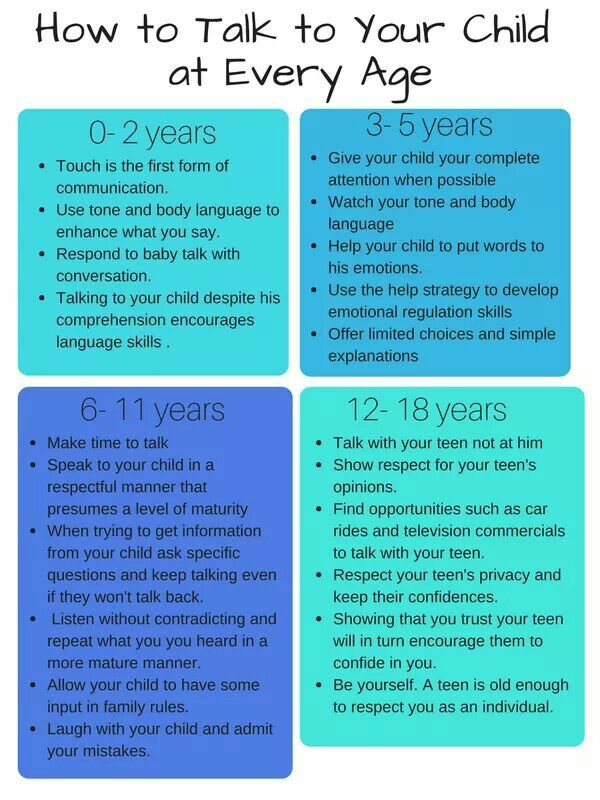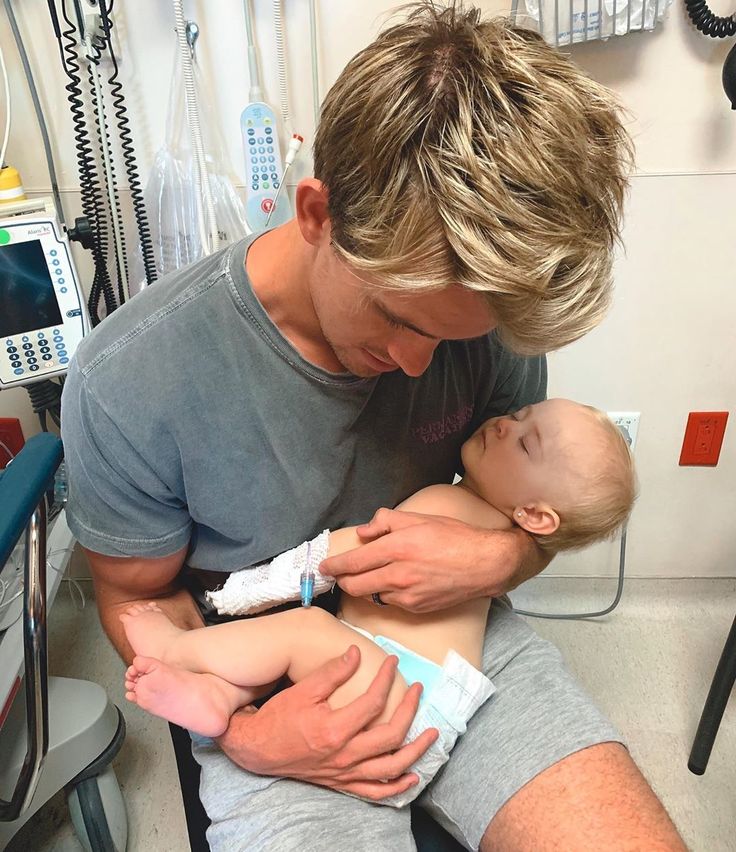How to talk with your child
Five Ways to Talk with Your Kids So They Feel Loved
“I don’t recognize you.” This was the first thought I had when my daughter was born. She didn’t look like me (at first), and I soon learned that she didn’t act like me, either.
I was a quiet and content baby, or so I’d been told; my daughter was anything but. On our first night home, she cried for hours while my husband and I tried everything we could to calm her, from rocking to singing to feeding to changing her. Eventually she did soothe, but my daughter was letting us know, loudly and clearly, that she was her own person. We had to set aside our expectations for who we thought she would be to see who she actually was and would become.
Although we were too exhausted to think about it at the time, our daughter’s cries were helping us get to know her. The way we responded also helped her get to know us.
Advertisement XMeet the Greater Good Toolkit
From the GGSC to your bookshelf: 30 science-backed tools for well-being.
Whether an infant cries continually or hardly at all, it’s important to recognize that their cries (and their smiles and coos, too) serve an important purpose—they are the tools a baby has to communicate. A cry might say: “I’m hungry,” “I’m uncomfortable and need to be changed,” “I want you to hold me,” or “I’m tired, but I can’t sleep.” A smile might say: “I’m full and content” or “I love it when you hold me.”
Starting when children are young, the way we interact with them helps shape how they respond to us and to other people in their lives. In my new book, Creating Compassionate Kids: Essential Conversations to Have With Young Children, I write about the importance of caring conversations that help kids grow into the compassionate, resilient people we hope they will be. By paying attention to their cues and responding, we let our children know they are loved for who they are, help them learn to trust the adults in their lives, teach them skills to manage big emotions and challenges, and encourage them to approach others with compassion.
Although how we talk with children and the topics we choose to talk about may change over time, there are certain conversations that are important to have again and again at any age. Here are five examples.
1. You are loved for who you are and who you will become
“I don’t like it when you hit your brother, but I still love you.”
“You used to love this song, but you don’t anymore. It’s fun to see how who you are and what you like changes as you get older!”
Letting the children in your life know that they are loved for who they are now and who they will become helps create a trusting relationship, also called a secure attachment. Build your relationship by spending dedicated time with your child doing something they choose, paying attention to their likes and interests. During these moments, put aside other distractions, including household chores and electronic devices. It can be tempting (and sometimes necessary) to multitask, but it is also important to show your child that you are focused on them.
Children who have secure attachments tend to have higher self-esteem and better self-control, stronger critical thinking skills, and better academic performance than children who don’t. They’re also more likely to have stronger social skills than their peers, as well as greater empathy and compassion.
2. Your feelings help your parents and caregivers know what you need
“I hear you crying and I wonder what you are asking for right now. I’m going to try holding you in a different way to see if that helps.”
“When I’m sleepy, I get pretty cranky. I’m wondering if you are feeling sleepy right now.”
Although you might prefer it when your child is in a good mood (when they are easy to get along with and fun to be around), children have unpleasant feelings like sadness, disappointment, frustration, anger, and fear, too. These feelings are often expressed through crying, temper tantrums, and challenging behaviors. Our feelings serve a purpose and let us know when a child needs something.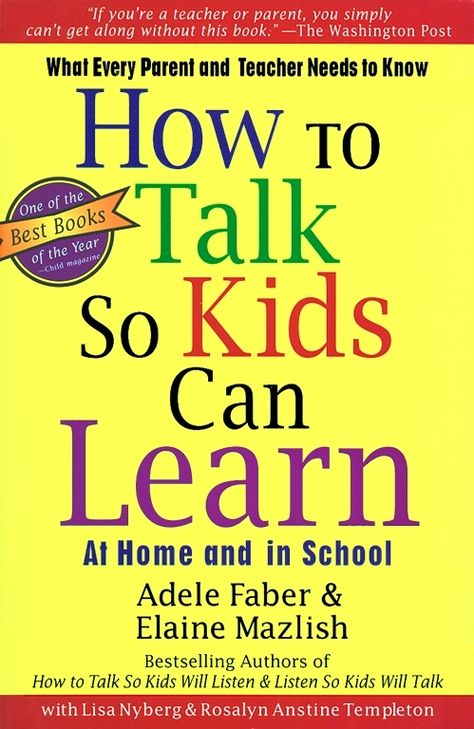 By paying attention to a child’s feelings, we show them that how they feel matters to us and that they can count on us to do our best to address their needs.
By paying attention to a child’s feelings, we show them that how they feel matters to us and that they can count on us to do our best to address their needs.
When your child’s feelings challenge you, ask yourself:
- Are the expectations I have for my child reasonable and realistic?
- Have I taught my child what to do and not just what not to do? If not, what skills need more practice?
- How are my child’s feelings affecting them right now? Even if I think they should know this skill, is my child too upset or tired to think clearly?
- How are my feelings affecting the way I respond to my child?
3. There are different ways to express your feelings
“It’s okay to feel frustrated, but I don’t like it when you scream like that. You can use words and say, ‘I’m frustrated!’ You can show your feelings by stomping your feet over here or squeezing this pillow instead.”
“Sometimes when I’m sad, I like to tell someone how I feel and have a hug.
Other times I want to sit quietly by myself for a while. What do you think would help you right now?”
It’s helpful for an infant to cry and scream when they are hurt or upset, but as children get older, we don’t want them to express their feelings in this way anymore. As children’s brains mature and their vocabulary grows, they play a more active role in choosing how to express their feelings.
Talk with your child about your family’s emotion rules. How do you want the children and adults in your family to show different emotions when they arise? You can also use storybooks to help your child see that everyone has feelings. Reading together offers a chance to talk about the challenging feelings that different characters have and to practice problem solving outside of emotionally charged moments.
Teaching children how to express their emotions in new ways takes time, practice, role modeling, and lots of repetition.
4. Everyone is a learner and making mistakes is part of learning
“You tied your shoe! It was really hard at first, but you kept working on it and now you learned to do it all by yourself!”
“Sometimes I get frustrated when I can’t do something on the first try.
I have to remind myself that learning something new takes practice. Have you ever had to practice something to learn how to do it?”
Through conversations, parents impact how children learn as well as what children learn. When children struggle to do something, this can feel frustrating, which may lead to them trying harder or giving up. Parents can help children turn challenging moments into learning opportunities by highlighting their effort and sharing the message that learning something new takes time, problem solving, perseverance, and patience. Children with this mindset tend to outperform those who believe that their abilities must come naturally (i.e., either they have it or they don’t).
5. Your parents and caregivers are trying to be the best parents they can be
“I’m not sure what to do right now, but I’m trying my best to listen and figure out what you need.”
“I’m sorry that I yelled at you earlier. I shouldn’t have done that.
Maybe we could talk together about what we could do differently tomorrow to help our morning go more smoothly.”
Imagine your child as a teenager coming to you and saying, “I was thinking about last night. When I got mad and yelled, I shouldn’t have done that. I’m really sorry. I was so upset when you wouldn’t let me take the car that I just lost it.” Teenagers (or children) don’t become comfortable sharing and reflecting on their words and behaviors overnight, but role modeling from the important adults in their lives can help them learn.
This essay is adapted from Creating Compassionate Kids: Essential Conversations to Have With Young Children (W. W. Norton & Company, 2019, 256 pages)
We all have moments that we feel are parenting successes and others that we feel are parenting failures. It’s important to remember that the struggles you have as a parent may be the same kind of struggles that your child has, too. Learning from you that making mistakes is okay and then seeing you work on learning and growing as a person will show your child how to do the same.
Learning from you that making mistakes is okay and then seeing you work on learning and growing as a person will show your child how to do the same.
If you talk with your children about what you are working on, why it is hard, and what you are doing to improve, you can give your children ideas for strategies that they can use themselves. No matter how you feel about yourself as a role model, you are one of the most important role models in your child’s eyes.
As I found with my own daughter, parents and caregivers have the opportunity to learn from children as they learn from us. We can use compassionate conversations to show them that we recognize and love them for who they are as we also get to know and recognize who we are as parents.
Greater Good wants to know: Do you think this article will influence your opinions or behavior?
Submitting your rating
Positive ways to talk to your child. Effective communication tips for parents
I have three young children. They are each wonderful, special, sovereign beings and I try to respect that when I talk to them. I believe in the power of positive ways to talk to your child. But that’s easier said than done when you’re moving to a new country and one is on the floor screaming that ‘it’s not the green cup!’ while child number two is decorating the passports with crayons.
They are each wonderful, special, sovereign beings and I try to respect that when I talk to them. I believe in the power of positive ways to talk to your child. But that’s easier said than done when you’re moving to a new country and one is on the floor screaming that ‘it’s not the green cup!’ while child number two is decorating the passports with crayons.
So I reached out to Denise Suarez. Denise is a bilingual English / Spanish speaking parenting coach specialised in positive parental communication. Her mantra is ‘con cariño’ – with love. She helps parents spark their inner confidence and identify their own unique core parenting values so they can be the parent they truly want to be.
In this post Denise shares how I can communicate better with my kids. She explains the real importance of parent-child communication and includes some age appropriate communication strategies for how to talk to kids so they will listen. Here is her guide to building a respectful relationship with your child.
We have to speak to our children according to where they are in their lives and how we think they will best understand our message. However there’s no need to “dumb down” our language. Babies too can benefit from us speaking to them using a wide range of vocabulary.
Similarly, all people, including children, deserve to be spoken with a sense of mutual respect. Just because we are the parent or adult and they are the child doesn’t make us more superior than them. A child’s thoughts and feelings are just as valid. Just because a child is younger doesn’t mean that they are incapable of making decisions for themselves.
Of course, the types of decisions they make will vary. We might ask a 2-year-old to choose between the color of two glasses, a 4 year-old to choose what they’ll wear, etc. What we say to them may vary, but how we say it shouldn’t.
How do you talk to a toddler that doesn’t listen?All children, deserve to be spoken with a sense of mutual respect.
What we say to them may vary, but how we say it shouldn’t.
When it comes to toddlers, I think it’s important to remember that their brain still hasn’t developed to the extent that they can stop themselves from doing certain actions. At this age, they might actually be listening to us, yet they may continue to do what we asked them not to anyway.
It’s much more helpful to them if we can set up their environment in a way that allows them to succeed (e.g. not putting things they can’t touch within their reach), while also giving them the close, and sometimes physical, support they may need (e.g. gently stopping them from hitting a sibling).
Remember, even though there are times when it feels like it, they are not not listening to us on purpose! Try not to take it personally. Sometimes just reminding ourselves that they need our support can help stop yelling and threats.
How do you discipline a child that won’t listen?When a child isn’t listening, I prefer to come from a place of curiosity instead of discipline. I truly believe that our children want to please us, they want to listen to us. When they don’t, it’s because there’s something that’s keeping them from doing so and they need our help.
I truly believe that our children want to please us, they want to listen to us. When they don’t, it’s because there’s something that’s keeping them from doing so and they need our help.
If we were to imagine our children as icebergs, their behaviour, in this case them not listening to us, is the only part that we can see. There is so much more going on underneath. Maybe they actually physically couldn’t hear us in the moment, or what we’re asking them to do isn’t developmentally appropriate, or they have feelings that are in the way.
Only when we’re able to address what’s going underneath the surface, the listening will follow.
How do you fix a relationship with a child after yelling?When it comes to many moms, there are actually two relationships that need to be “fixed” after yelling.
The first one is your relationship with yourself. So many of us speak to ourselves negatively and beat ourselves up for things we have done. Instead, I recommend giving yourself love, compassion and empathy.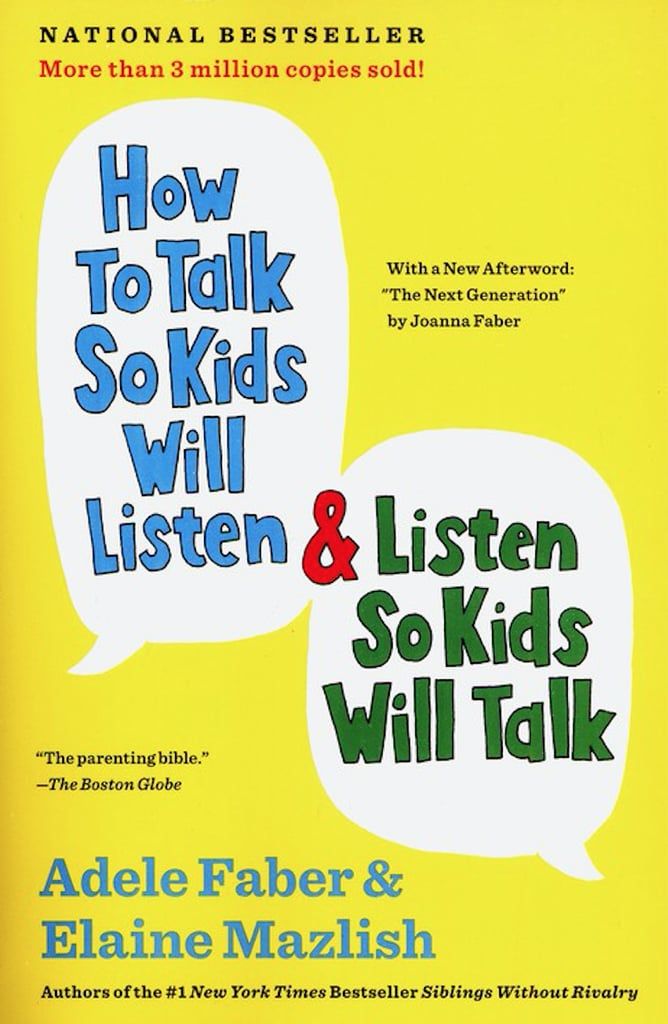 Instead of saying to yourself, “I’m a terrible mom. I shouldn’t have yelled;” try saying, “I’m having a hard time right now.”
Instead of saying to yourself, “I’m a terrible mom. I shouldn’t have yelled;” try saying, “I’m having a hard time right now.”
When it comes to fixing the relationship with your child, it’s okay to apologize and share that in that moment you were feeling angry and said things that you didn’t mean.
It’s important not to blame your emotions and/or actions on your child. “What you did made me so angry!” does not help fix the relationship. We are always responsible for how we express our emotions and we can own this by saying something like, “When I saw you hitting your brother, I felt angry because I don’t want either of you to get hurt. I’m sorry I yelled at you.”
How do I stop yelling at my kids?Instead of saying, “I’m a terrible mom. I shouldn’t have yelled” say, “I’m having a hard time right now.”
We all have our own window of tolerance. When we’re inside that window, we can handle pretty much anything that comes our way without getting too stressed.
Unfortunately, lack of sleep is one of the ways we narrow our window of tolerance. As so many of us parents have experienced first-hand, when we’re tired, we’re more likely to yell or snap at our children.
Aside from getting more sleep, which isn’t always as an option, other ways we can widen our window of tolerance are by practicing mindfulness, doing physical activity, and challenging our thoughts. Soothing ourselves through senses is also beneficial – do what works for you, for example playing music, looking at old pictures, lighting a scented candle etc.
Challenging our thoughts is about noticing what we’re thinking and asking ourselves, “Is this really true?” This can be so hard to do in the moment, but it gets easier with practice.
Guiding my clients in challenging their thoughts is one of the main things I work on as a parenting coach.
As parents, a lot of our thoughts and opinions might seem like facts to us (“My child is manipulating me” is one example). It can be really helpful to have a neutral third party show you when you are believing things that you don’t have to.
It can be really helpful to have a neutral third party show you when you are believing things that you don’t have to.
From here, you are able to choose thoughts that allow you to see yourself and your children in a more loving light. In turn this can widen your window of tolerance.
How can you make a child listen?First, make sure that what you’re asking your child to do is developmentally appropriate. A lot of times we feel frustrated that our children aren’t following our directions, when really they’re not doing it because they don’t want to; they’re not doing it because they simply can’t.
Then, before giving any directions, connect with your child. Enter their world. Ask them about what they’re doing, or show that you see them through your observation.
Depending on what you’re asking for, you can also use the steps of a problem-solving conversation:
- Describe the child’s feelings and needs. “You want to go to your room and play.
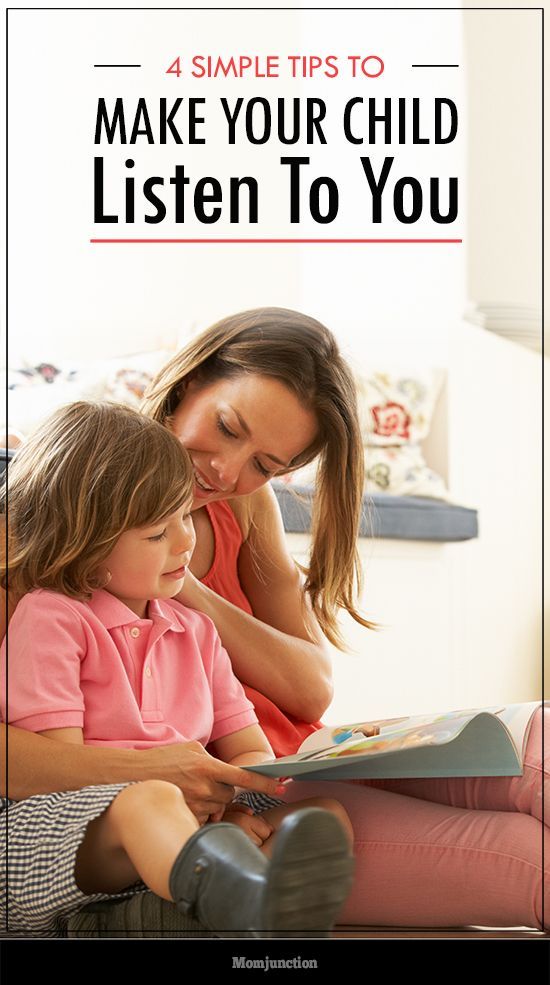 ”
” - Describe the problem briefly. “It’s important that we wash our hands as soon as we get home.”
- Look for solutions together. “What can we do?”
Talking about our own emotions is really important. It shows them that it’s good to share their emotions and guides them in the language to express themselves.
Also, books help a lot. They don’t even have to be books about emotions, although those are useful. As you read with them or watch shows with them or even when walking on the street, you can stop and ask them to look at the person or picture. Say, “Look at their facial expression and body language. How do you think they’re feeling? Do you ever feel that way too? I sometimes feel that way when…”
When it comes to talking about emotions, it’s also useful to ask how these emotions feel in their body. They might not be able to name their emotion, but they can point and/or share where in their body they feel it.
When it comes to speaking to our children, I teach four core communication skills.
One of the skills is to describe, instead of evaluate. You’d be surprised at how many of the things we say to our children are evaluations, judgements or opinions. Even saying something like, “Good job!” is an evaluation.
When speaking with our child, especially about their behavior, I recommend describing their behavior, not evaluating it. This can work with behavior we like and don’t like. Here are two examples.
Example 1:
Behavior: Child grabs a toy from younger sibling
Evaluation: That’s a bad thing to do! You’re a bad sibling.
Description: You have the toy your sibling was using, and now your sibling is crying and asking for it back.
In this situation, you give your child the opportunity to correct his behavior, without adding on guilt or shame.
Example 2:
Behavior: Child helps you with the laundry
Evaluation: You’re such a good child! Good job helping.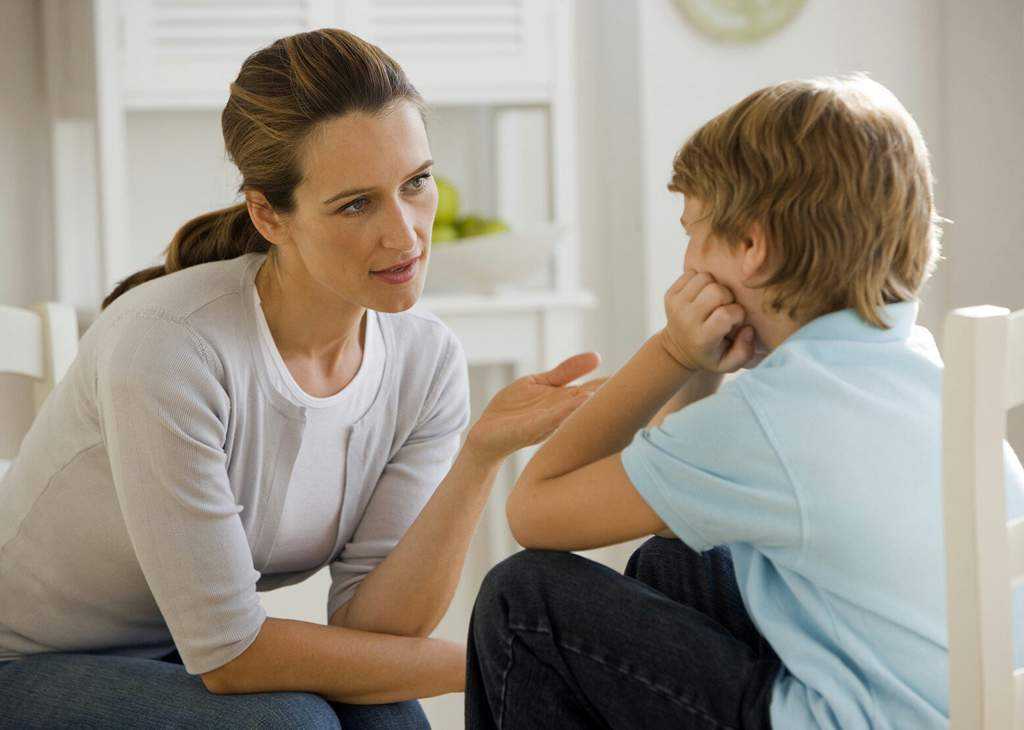
Description: You are keeping the clothes in the closet. I feel happy when I see you doing chores.
Here, you are describing your child’s behavior in such a way that they are then able to praise themselves. You allow them to see themselves in a positive light.
How important is tone of voice when talking to a child?The tone of voice when talking with a child is very important, but I think it runs deeper. It’s not about using a voice that is always calm or loving, but that the tone of voice is authentic and appropriate.
Authentic – because if we pretend we’re feeling calm when we’re actually furious, our children will pick up on that. They will know when what we’re saying and how we’re saying aren’t aligned with how we actually feel.
Appropriate – because feeling angry doesn’t necessarily make it acceptable for us to shout at our children all the time. I underline this all the time because shouting at our children happens to everyone.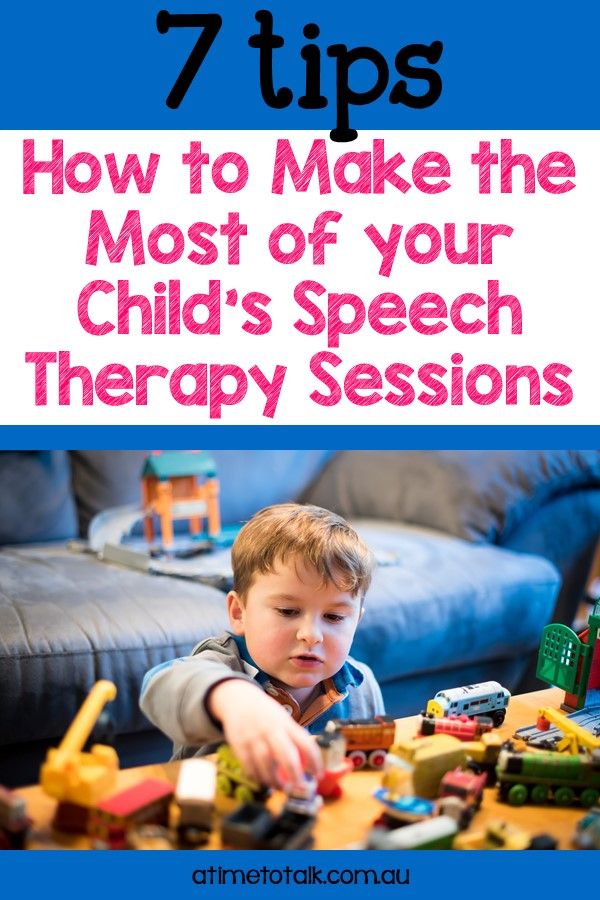 We need to give ourselves some grace and compassion as well.
We need to give ourselves some grace and compassion as well.
How can I talk to my child about difficult issues, such as death or divorce?Shouting at our children happens to everyone and we need to give ourselves some grace and compassion
Ask them what they know and only give them the information you think is necessary. Do not assume you know what they know.
Understand that this is a conversation which will happen more than once and do not force it to happen. Instead, create a loving and open space so that your child feels safe enough to talk to you about it.
You can bring it up if necessary, but be prepared to let it go if they don’t want to talk about it.
Do you have any age appropriate communication strategies for serial expat or multilingual children? What are some positive ways to talk to your child when living overseas?When it comes to expat families and families with multiple languages, or as I call them intercultural families, I suggest making the implicit, explicit.
Assume nothing and define everything. Sometimes, even though we’re speaking the same language, what we’re saying might not mean the same. Add in more languages and cultures and that can make things more confusing – and fun! “What do you mean by that?” can be a useful question and the answer can be illuminating.
How much of these ‘rules’ apply to every child?There are always certain norms that apply in general, but how and when you apply them may differ according to your child.
A core communication skill I teach is express empathy. This is something we should be doing in all our relationships, but the way we do it may differ from child to child.
For example, there are some children who find it useful when parents ask them to draw how they’re feeling, others like to be hugged and others prefer for you to stay with them without physical contact. The theory of expressing empathy stays the same, but how you apply it with each child is adapted to them.
My mantra is to focus on the relationship. Remember that effective communication can look different in every relationship and that’s okay. There is no one-size fits all when it comes to communication and parenting.
Denise’s top 10 positive ways to talk to your child- Don’t dumb down your language. What you say to your kids may vary, but how you say it shouldn’t.
- Try to be empathetic. Remember that a child’s brain still hasn’t developed to the extent that they can stop themselves from doing certain actions. Don’t take it personally if they can’t do what you want them to do.
- When a child isn’t listening, come from a place of curiosity instead of discipline.
- Focus on the individual relationship. Effective communication can look different in every relationship. There is no one-size fits all when it comes to communication and parenting.
- Don’t force a child to talk about issues sensitive to them. Instead, create a loving and open space so that your child feels safe enough to talk to you about it.
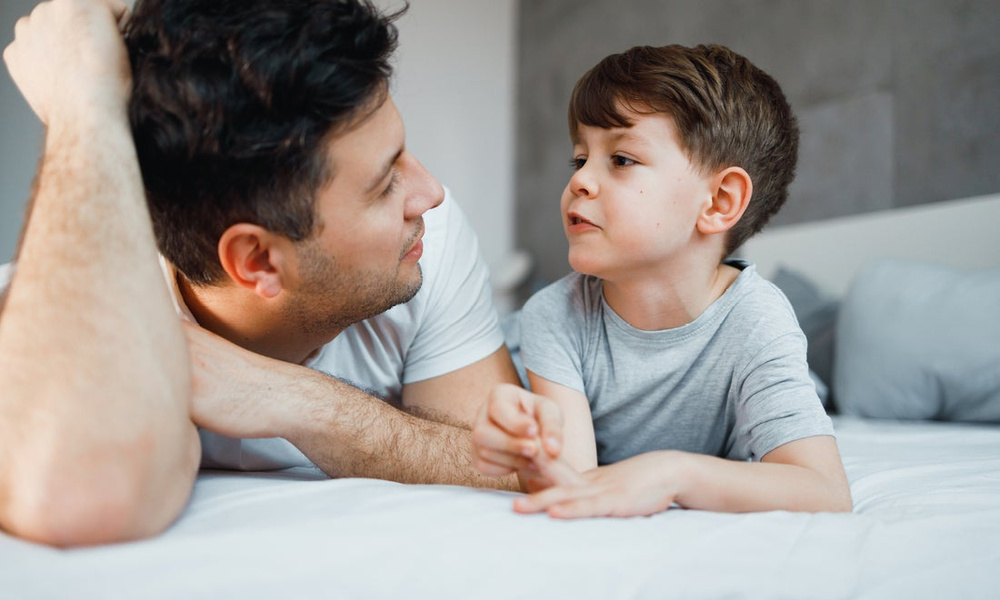 Be prepared to let it go if they don’t want to talk about it.
Be prepared to let it go if they don’t want to talk about it. - Embrace authenticity. Aim to make what you’re saying, and how you’re saying it, align with how you actually feel.
- Try to observe instead of evaluate. Describe your child’s behavior in such a way that they are then able to praise themselves or correct their behavior, depending on the situation.
- Assume nothing and define everything. Make the implicit explicit.
- If you do lose your temper, apologize and share that in that moment you were feeling angry and said things that you didn’t mean. Try not to blame your emotions and/or actions on your child – we are responsible for how we express our emotions.
- Be kind to yourself as a parent. Feeling angry doesn’t make it acceptable for us to shout at our children all the time. However, shouting at your children happens to everyone and we need to give ourselves some grace and compassion.
For more positive parenting solutions visit denisesuarez.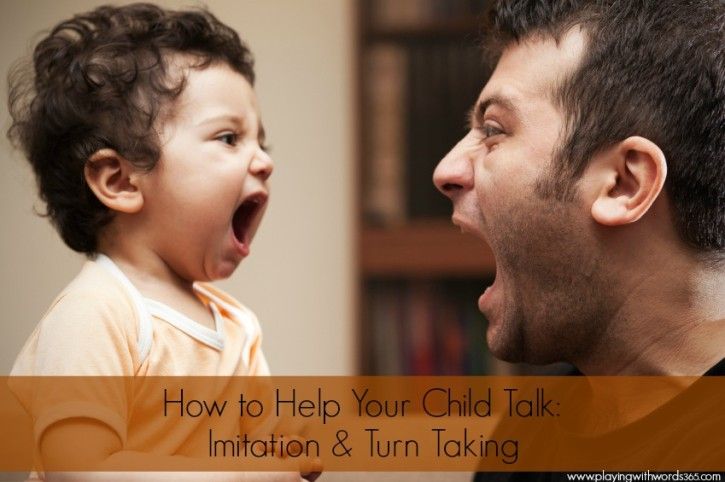 com. Join her intercultural family support Facebook group and learn more about the core communication skills by downloading the free workbook
com. Join her intercultural family support Facebook group and learn more about the core communication skills by downloading the free workbook
Like this:
Like Loading...
How to talk to a child so that he hears and understands. Psychologist's advice
It seems to be easier to negotiate with a small child than with a teenager. But sometimes you try to explain something to him, to explain it, but he either doesn’t hear, or doesn’t understand, or starts arguing out of harm. On purpose, right? Or is it the parents doing something wrong? How to conduct a conversation, even when you need to discuss something not very pleasant, what mistakes are important to avoid, says psychologist Svetlana Filyayeva.
Svetlana Filyayeva, psychologist, art therapist
Here are the simplest and most practical techniques that allow you to negotiate with a child, while not swearing, not pushing, but solving everything using more effective ways of communication
- discuss.
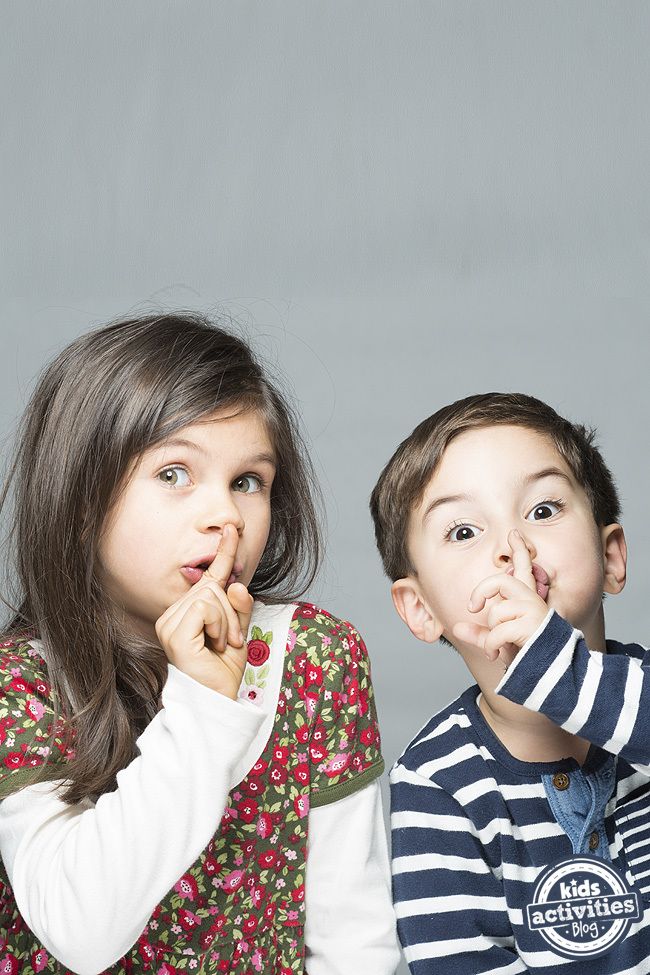 Let's sit down and talk."
Let's sit down and talk."
This immediately causes a defensive reaction, alertness, anxiety, aggressive behavior or whining. The child begins to prepare for the fact that there is nothing good ahead, now he will be scolded.
When you need to discuss some not very pleasant topic (misconduct, bad behavior), add an important element to the conversation. There are already 2 participants - mom (dad) and a child. You need to add a third factor - and it should be uniting you, pleasant . It can be a walk, any interesting joint activity: draw, spit, play a computer game together, assemble a constructor, puzzle, walk the dog, whatever you like. When there is such an activity, and it is pleasant for both, the child is relaxed - then you can start a serious conversation. Not attacking, but offering as a topic for discussion: “What do you say? What are your thoughts on this topic?”, “I would like to say…”
- Try to be brief.
 Clearly state your point of view in the conflict.
Clearly state your point of view in the conflict.
Do not repeat yourself, do not have a long discussion. Even if an adult does not receive a proper response from a child, you should not drag out the conversation. It is much more useful to return to it next time - in a day , at some appropriate moment.
From my experience, I can say that parents tend to discuss problems for a long time, 30-40 minutes each, in order to find out everything, to achieve an apology, and awareness of the misconduct. Here are the favorite questions: “Do you understand? Do you promise not to do it again?" - in general, are often useless. As a rule, you already have an upset, angry child in front of you. If you see that he "fell out" of contact, it is better to return to the conversation later, no need to insist.
At my consultations, parents often talk about how a child apologized after a misconduct, but it was clear that without feeling, only to be left behind.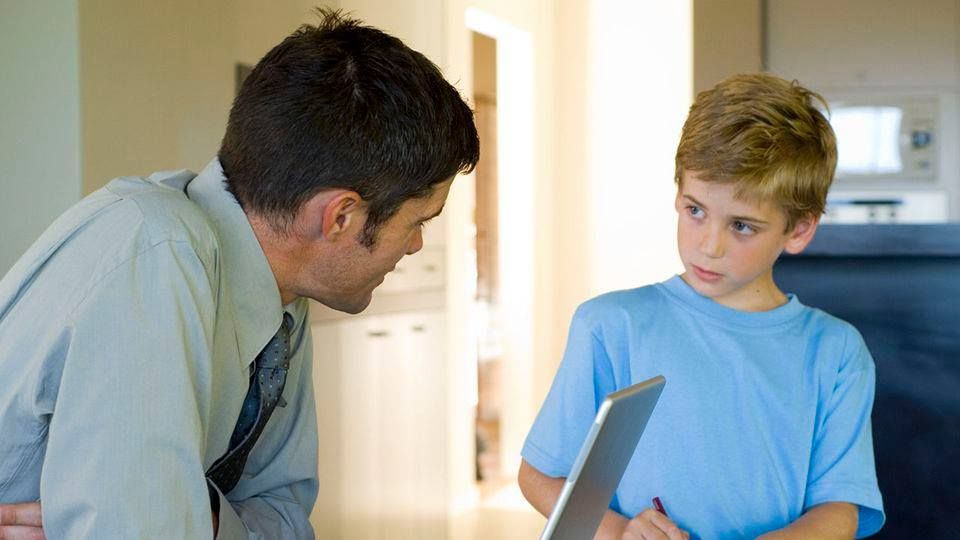 Yes, he can ask for forgiveness or agree to end a tiresome conversation. Or he will refuse and argue in order to insist on his own. It is better to stop, although this is difficult to do. You can say: “Good. I see that you are upset, we are both tired, we are starting to get angry with each other. Let's talk later again."
Yes, he can ask for forgiveness or agree to end a tiresome conversation. Or he will refuse and argue in order to insist on his own. It is better to stop, although this is difficult to do. You can say: “Good. I see that you are upset, we are both tired, we are starting to get angry with each other. Let's talk later again."
When we start talking about an unpleasant topic, certain physiological processes take place, the stress hormone cortisol is released. The adult himself begins to get angry, wind up, emotional stress increases. The child has the same situation. Both can begin to accuse, call names, say nasty things.
Case study
A glass ball broke in a girl's nursery. All this happened in the evening, we had to quickly “evacuate” the children, the dog, remove small fragments, and my mother was very angry: where did this ball come from?! The girl was very upset and refused to say where she got it.
The three of us discussed this situation with my mother at a consultation: everyone was unhappy that evening, everyone had an unpleasant aftertaste.
We talked about the feelings of the girl. She said that she was angry with herself that she had broken, and offended at her mother, because she was angry because of such a trifle. I said: “I see that you are upset. Do you want to apologize to your mom?" She thought and apologized, but added that she would not say anything about the ball anyway. I continued: “Now you don’t want to say where you got the balloon. If mom doesn’t mind, we can agree that you have the right not to always immediately answer such questions or say: “I want to think, I’m not ready to talk about it.” Mom agreed that it was possible to do so.
What happened next? The girl immediately told where the ill-fated ball came from (it turned out that it was just a part of some big toy). This is how important it was for her to understand that she was not required to respond immediately: as soon as she was recognized as having the right to choose, the problem was exhausted.
- Take your time and pause when talking to your child.

Let him think, choose his option, choose the time when he can continue the dialogue.
Here is a familiar situation: a child comes home from kindergarten or school upset and agitated. Someone offended him, something went wrong: the teacher screamed because she forgot her notebook at home. Or had a fight with a friend who lost his toy. The child begins to tell all this violently and emotionally. And parents, of course, terribly want to console him or say something moralizing, “I told you! Why did he give Dana a soldier without permission? Or we want to quickly give practical advice.
Imagine : it is very likely that the child does not need this from you now ! He may be offended by the advice and say that this is nonsense. Your moralizing, when he is already upset, turns out to be out of place. And even an attempt to console, - the phrase "Don't pay attention" when tears flow from him - only makes things worse.
You just need to listen to him, let him speak until the end .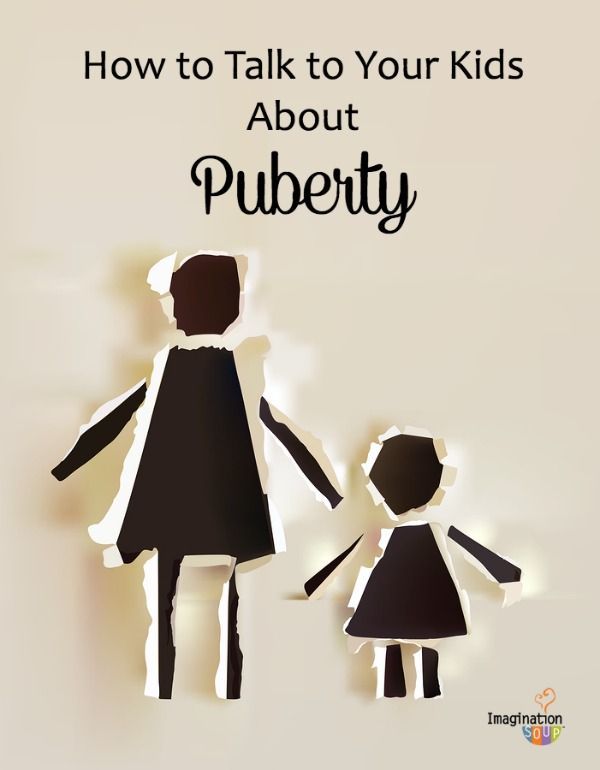 Of course, this should be done not like a stone statue, but to say: “What happened next? And you heard that…” Can hug - emotional bodily contact is very important . Give tea with cookies.
Of course, this should be done not like a stone statue, but to say: “What happened next? And you heard that…” Can hug - emotional bodily contact is very important . Give tea with cookies.
It won't take long. But he needs to devote all attention, put aside all affairs.
- Say "I understand you."
- Ask: “What do you think? Why did this happen?"
- Name the child's feelings: you are offended, you are angry.
- You can specify: “What would you like me to do now?”.
When you provide warm, emotional contact and the child speaks out, the tension goes away.
And then he starts to analyze himself, and often he himself finds a solution from the situation or draws some conclusion from it (I will not be friends with the frivolous Danya, tomorrow I will take a notebook with homework and first of all I will show it to the teacher). Then, perhaps, nothing will be required of you anymore: the child will calm down and decide what to do.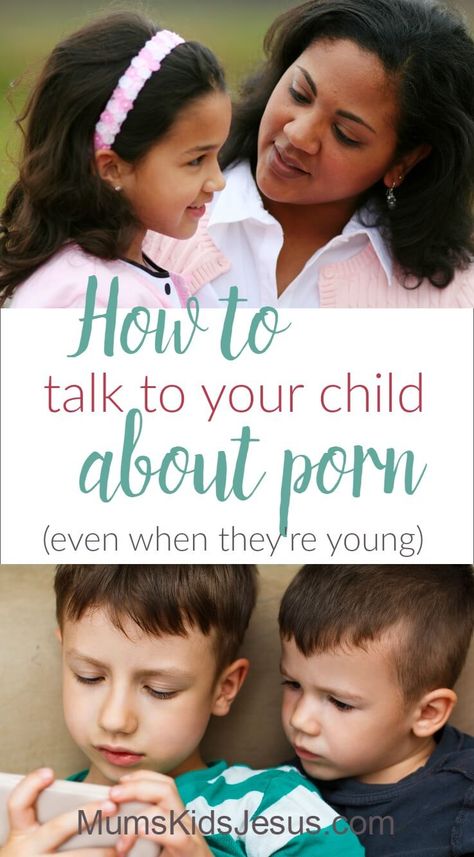 If necessary, the situation can be discussed later.
If necessary, the situation can be discussed later.
Common mistakes of parents
- Talking to a child when he has a tantrum . Don't do that - that's the rule. He doesn't hear. When a person has a tantrum, the limbic system is involved - that is, the emotional part of the brain, so the child, purely due to neurophysiology, cannot respond to words, think, and respond adequately. Adrenaline and cortisol are released. No matter how much you want to find out everything quickly, you have to wait until he calms down. After a tantrum, there may be a breakdown, children often fall asleep immediately: can you imagine how tiring it is?
- To sort things out before going to bed when the child is tired. Before going to bed, it turns out that he forgot to learn poetry, make crafts, pack a backpack - in the evening, when everyone is exhausted, there is no point in arguing and insisting. The next day, during the weekend, talk with a clear head in a calm state and figure out what to do with the situation if it does not change.
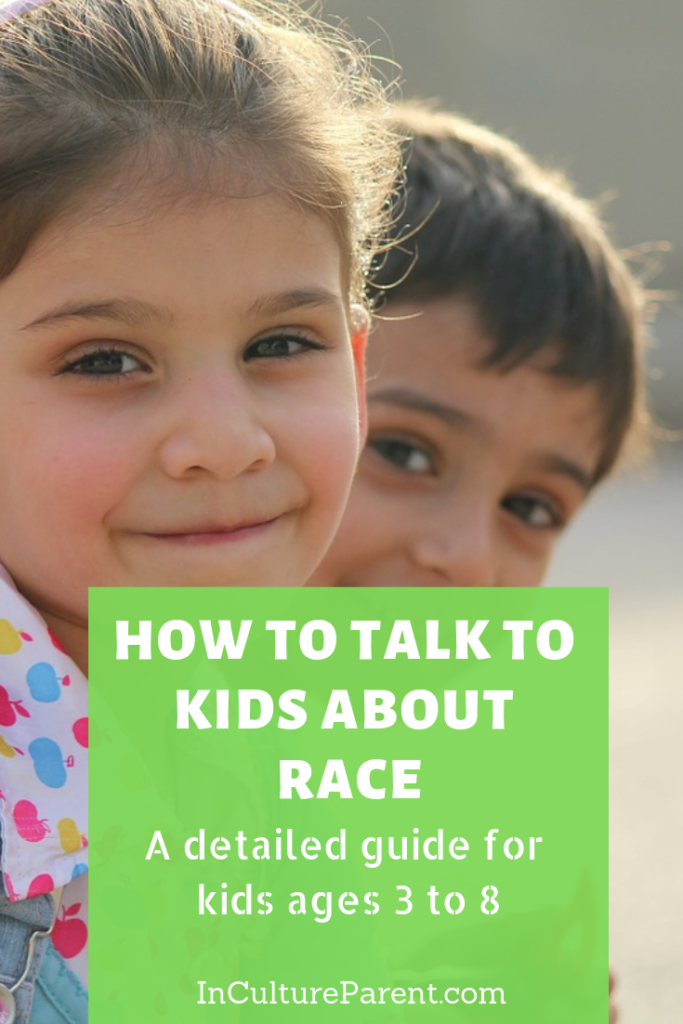 (If you are worried about unwanted repetitive behavior, no methods work, it is better to seek the advice of a psychologist: perhaps you need a more careful study of the situation, individual advice).
(If you are worried about unwanted repetitive behavior, no methods work, it is better to seek the advice of a psychologist: perhaps you need a more careful study of the situation, individual advice). - Scold when the child is hungry . Childhood is an age when mood can be very dependent on physical condition. And if the child wants to eat, the reactions to your words will be something like this - whims, whining, anger. You will not see an attentive interlocutor who will listen to you and take into account your advice.
- Repeat the phrases: “You are as always” , “You are as usual”, “What else can we expect from you?”, “I knew it” - such statements cause frustration in the child, reduce self-esteem, label: you are a loser , unsuccessful, inattentive, you did not succeed and will not succeed, you will never change.
Such messages do not work as parents think: on the contrary, they reinforce unwanted behavior.
After all, they tell the child what he is: “lazy”, “forgetful”, “sloppy”. So he remembers: "Well, it's hopeless, I'm like that, I'm clumsy." Then an adult grows out of him, who considers himself clumsy at the table (and therefore cannot go on dates), who has long and well learned that he is unassembled and forgetful and therefore cannot rely on himself in anything. Avoid generalizations.
What books will help parents?
- Anne-Claire Kleindinst “Let's make a deal. Tips in pictures. How to grow up with a child ”: there are a lot of different tips just for those cases when the child is in an emotionally unstable state.
- Cathy Creswell, Lucy Willets The Calm Ones. How to help children cope with fears and anxiety. Overcoming emotional problems alone is difficult, especially when you are small. The tips in this guide will help parents better understand and help their children.
- John Gottman, Joan Decler “Child Emotional Intelligence.
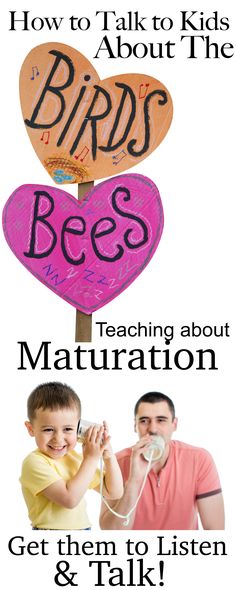 A Practical Guide for Parents: K How to Maintain Healthy Emotional Relationships in the Family, Understand Your Feelings, Accept Them, and Teach Children About It.
A Practical Guide for Parents: K How to Maintain Healthy Emotional Relationships in the Family, Understand Your Feelings, Accept Them, and Teach Children About It. - Michel Borba “Sensitive children. How to develop empathy in a child and how this will help him succeed in life. The title already perfectly explains what the book is about: how to develop emotional intelligence, teach a child to hear and understand other people, and cooperate. And why is it useful for the child himself.
- Tanita Carey What is the Child Thinking?: This book contains specific, very recognizable situations that are analyzed in detail. You can see and understand the difference: what a child hears and thinks in the same situation, and what an adult hears and thinks.
“Scooter”
“Myth”
“Myth”
“Myth”
“MIF”
Read also:
How to understand the child: acting active hearings that will be useful to parents
The monster in the dark and other fears of preschoolers: how to cope?
How to make peace with a child after a quarrel?
Photo: wavebreakmedia, gorillaimages / Shutterstock.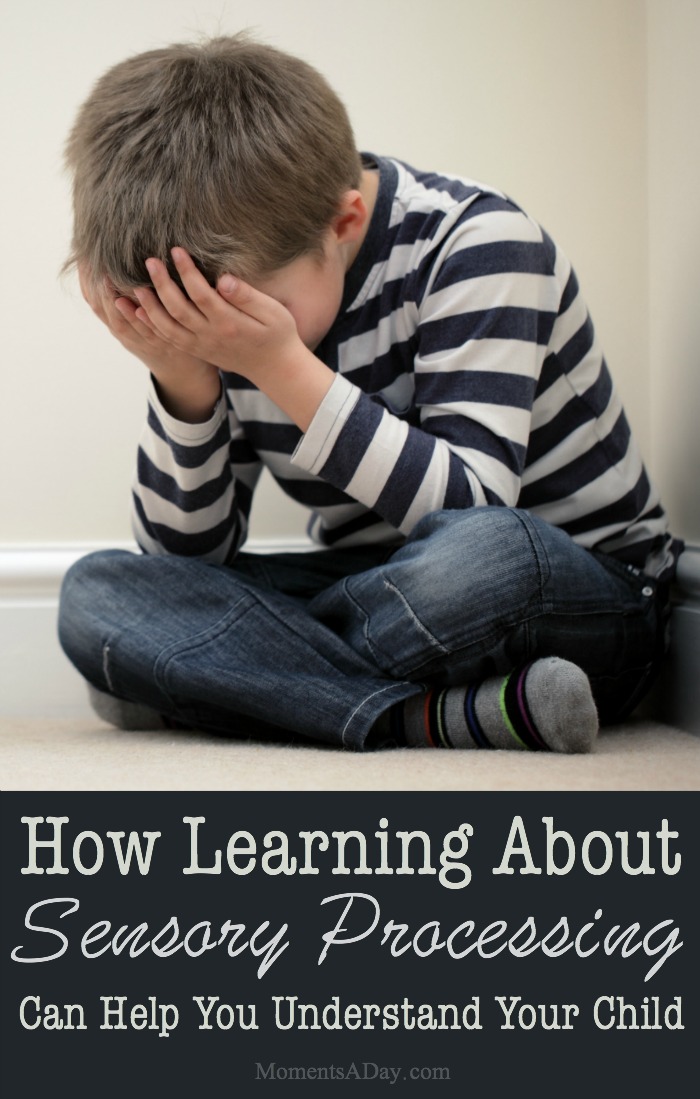 com
com
tipspsychology
How to communicate with a child
HOW TO BE A GOOD ADUL
Today we are talking about a book. How? ”, The author is a professor of the psychology faculty of Moscow State University, a brilliant teacher and psychologist Yulia Borisovna Gippenreiter. This is one of her most popular books, and there are many others that are just as useful. “Communicate with the child. How?" - First of all, a guide to their own emotional maturity.
This is a story about how to be a good adult: with children, colleagues, employees, clients and family members. She helped I'm ten years older.
Unconditional acceptance
The first rule of communication between a parent and a child is to accept him as he is, without conditions or requirements. Child must live with the feeling that he is in any case loved, desired, valuable and dear, even if he entered not properly.
The wrong approach is conditional love based on the behavior of the child. When a child thinks he is bad and unloved because of his actions. Raising a child is not training. You can't just punish bad people here. behavior and encourage good. In any situation, the child should feel loved.
When a child thinks he is bad and unloved because of his actions. Raising a child is not training. You can't just punish bad people here. behavior and encourage good. In any situation, the child should feel loved.
The child needs a constant message from a loved one: “When you are near, I feel good; I'm glad to see you; you to me like it." Conditional love destroys this emotional feed. This is the emotional foundation of a relationship. When there is unconditional love and confidence in each other, then it's easier.
Dissatisfaction
At the same time, it is possible and necessary to express dissatisfaction - but not by the child himself, but by his specific actions. Not "you're bad" and "you did badly", and even better "I feel bad about what you did." The last one is the "I-message": it says about your feelings and does not evaluate the child himself. The child has a chance to independently make a conclusion about his behavior and correct it:
I feel ashamed when people turn their heads at us in the store
I am very tired and I am sad that now I have to wash the dishes
I find it difficult to talk when interrupted
NOT "YOU'RE BAD", AND "I AM BAD FROM WHAT YOU DID."
Active listening
Perhaps the main technique that parents should learn is active listening in difficult situations: when the child is sad, difficult or ill. The purpose of the technique is to let the child understand that in difficult times they hear him, to his the problem is not indifferent, it is understood. You will be surprised how often a child lacks just this, and how much can change if it appears.
To actively listen, you need to “return” to the child what he says, indicating feelings child:
— I don't want to do my homework!
- You are uncomfortable studying Russian
— No, there are just too many!
- Are you afraid not to be in time tomorrow
Looks weird at first. I just want to shout, advise, point out, joke or regret instead child. But these are phrases from the adult world, stimulating phrases, phrases of influence. A child in a difficult situation does not need stimulants: he probably already knows what to do. If he needed help, he would ask for help. He is looking for emotional support.
A child in a difficult situation does not need stimulants: he probably already knows what to do. If he needed help, he would ask for help. He is looking for emotional support.
Active listening helps to get to the root of the problem. The child willingly makes contact when he understands that his hear. The tension is relieved, the child feels understood, and together you easily solve the problem.
What not to do in difficult times
a minute does not lead to anything good:
Orders (“Quickly got out!”, “So that I don’t hear this again!”) - cause the child to feel that the parents do not respect his independence and do not want to delve into the problem.
Threats and warnings ("If you don't stop, I'll leave") are useless, when a child has an unpleasant experience. They just push him further into a corner.
Moral teachings (“Adults must be respected”) do not work in words, because the child learns values and rules from the behavior of parents, and not from edification in difficult times. And if the child breaks the rules, then either he repeats after someone from home, or openly protests. And protest is the result of emotional stress.
And if the child breaks the rules, then either he repeats after someone from home, or openly protests. And protest is the result of emotional stress.
Tips (“Try like this...”) - put the parent over the child and show him how inexperienced and stupid he is. If the child does not seek advice himself, it is better to keep your wisdom until the child is ready for it. Often, by the way, the child comes to everything on his own.
Logical arguments (“You are not reading the assignment carefully, so make mistakes") - they work great in proving the theorem, and in no way bring the child closer to emotional stability. At best, the child ceases to perceive such words.
Criticism ("It's all because of you") - especially from close people - this is the way to low self-esteem, defensive reactions, depression, self-disappointment.
Praise does not apply to the child's emotions. The child understands that if he is praised here, he may be praised somewhere else. to condemn - because in principle it is evaluated. It is important not to switch to praise-evaluation, remaining in the zone praise-support. Instead of "You did well" say "I'm glad you did it."
The child understands that if he is praised here, he may be praised somewhere else. to condemn - because in principle it is evaluated. It is important not to switch to praise-evaluation, remaining in the zone praise-support. Instead of "You did well" say "I'm glad you did it."
Calling (“Crybaby Wax”) is generally nonsense. Who does she even helps?
Guesses (“I know you are sad because you quarreled with Katya”) is interference with personal space. Nobody likes to be "calculated".
Questioning and investigation (“No, you tell me what happened") - another option for intervention in the personal. If the child does not tell, there are reasons for that. Better actively listen. If the child is open, he will tell everything himself.
Exhortations and sympathy in words ("Well, don't be sad", "Calm down") diminish the importance of the child's emotions.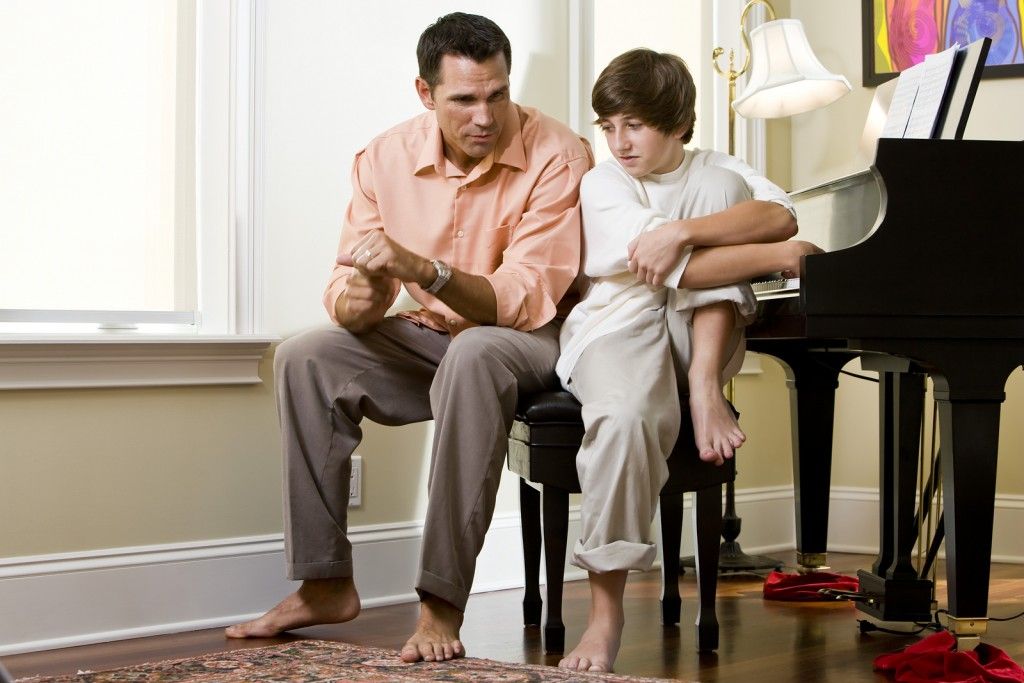 Better hug the baby.
Better hug the baby.
Joking about the problem doesn't help either because the problem is remains.
The child feels the emotions of others, needs support, acceptance and recognition from the parents. Active listening is the ideal tool for this. And to try on the spot to solve, suppress or justify the problem of the child - it's a road to nowhere.
Perhaps the most important thing in communicating with a child in such a situation (and in general in life) is the rejection of the parental position "above". A child is already a person, with his own feelings, desires and will. This is not a doggy training.
CHILD NEEDS SUPPORT. TRYING ON THE SITE TO SOLVE, SUPPRESS OR JUSTIFY HIS PROBLEM IS THE WAY GOING NOWHERE.
Conflict resolution
Conflict is normal. They happen even in the most friendly families. Good conflict resolution is when both parties get what they really want.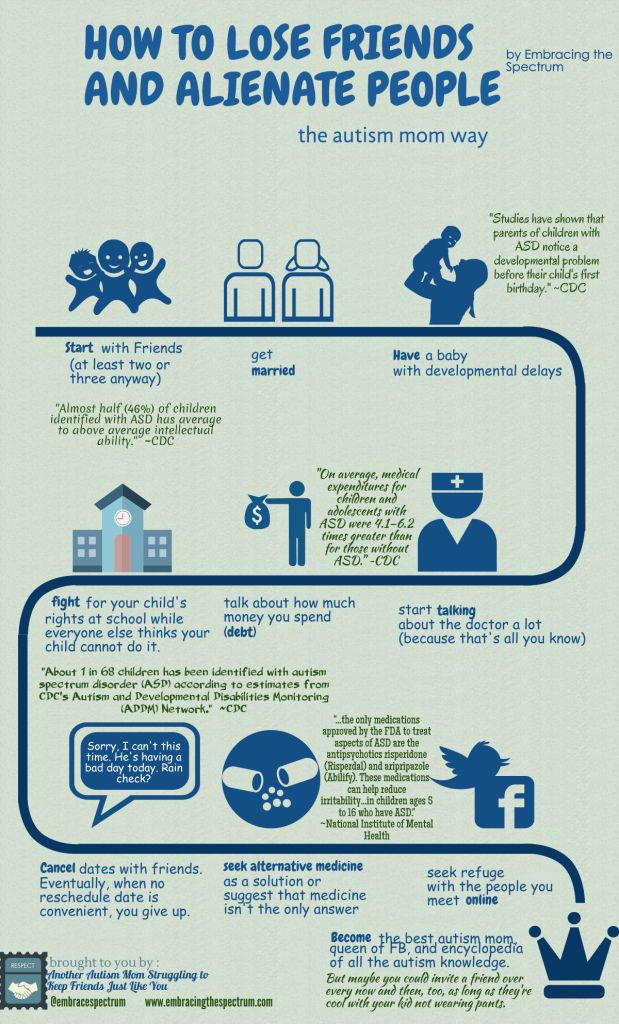 To do this, the book proposes an algorithm:
To do this, the book proposes an algorithm:
Clarify the conflict situation , identify the stumbling block through active listening. Make it clear that you are open to conflict resolution. First listen to the child, then talk about your side of the problem with the help of "I-messages".
Collect proposals from both sides without criticizing each separately. Everyone should offer their own solutions. Answer the question "What should we do in this situation?"
Evaluate each offer and collectively select the best acceptable. Both sides must choose, that is, come to an agreement. In the process, it turns out that one of the parties I wanted something completely different from what I initially stated.
Refine solution , for example, by writing it down on paper and adding clarification points to it. Problem solving is good on paper.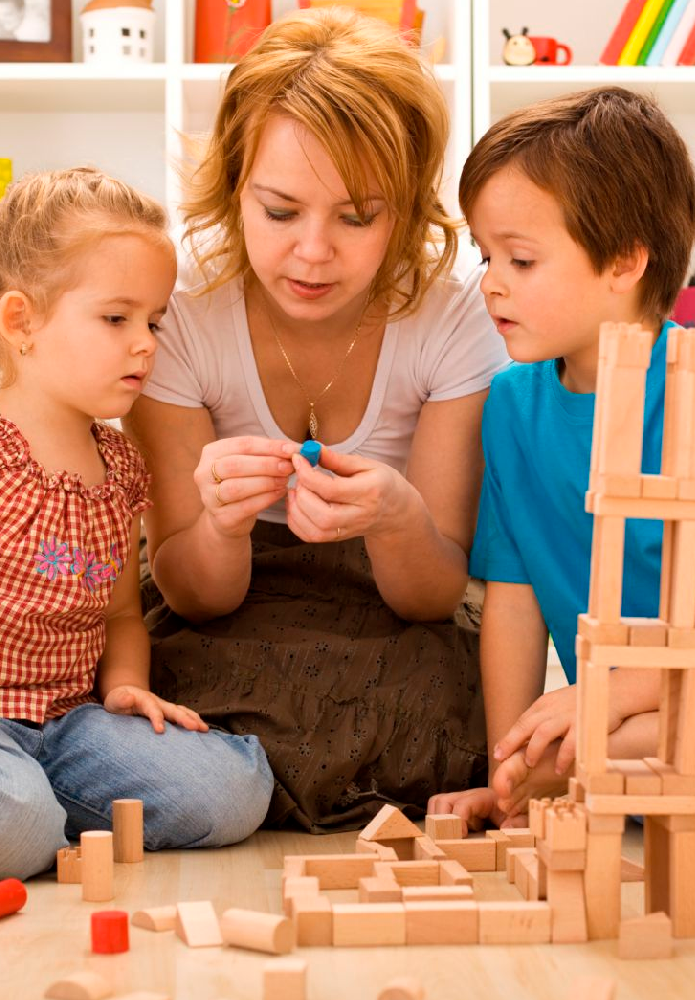
Fulfill the planned and check the result so that everything is like agreed.
Perhaps the most important thing here is to listen to all the children involved in the conflict. The more parents listen, the easier them to understand the real problem.
The second is to come to a decision together without taking a dominant position over the child. dominant position humiliates the will and personality of the child. If you give them the opportunity to make their own decisions, you will be surprised how they will act reasonably and honestly.
Transfer of responsibility
I would like to quote a very important phrase from this book. It occurs in the chapter dealing with matters that children do not want to do, and about the guardianship that parents surround them with great love:
GIVING RESPONSIBILITY TO THEM IS THE BIGGEST CARE YOU CAN SHOW TO THEM
“This is a wise concern.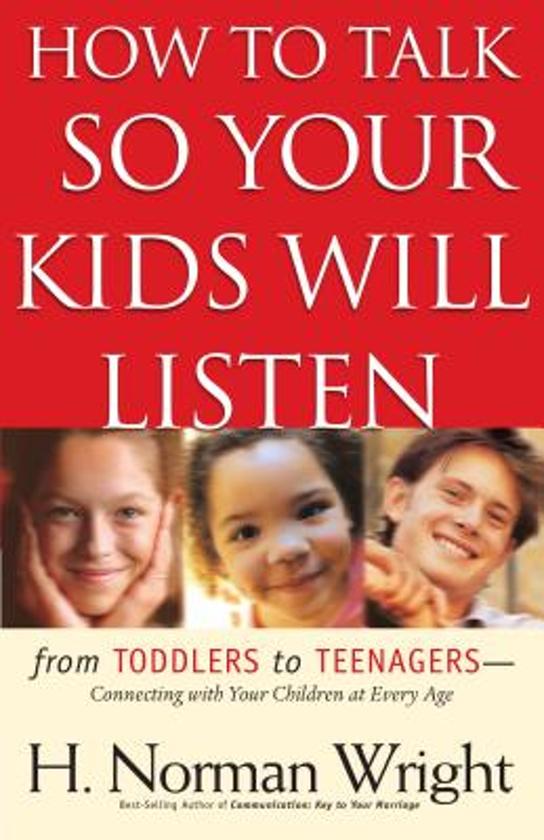 It makes the child stronger and more self-confident, and your relationship more calm and joyful.
It makes the child stronger and more self-confident, and your relationship more calm and joyful.
Behind the scenes
We haven't even started talking about discipline and independence, joint activities, conflicts in relationships, punishments and structure of emotions. The book "Communicate with the child. How?" is a treasure trove of stories, examples, techniques and correct thoughts.
It is useful not only for parents. It will help managers and subordinates, junior employees and directors, unemployed, housewives, entrepreneurs and students. It helps to find the hidden child in yourself and learn communicate with him first.
The book is 3 times cheaper at Ozon.
FROM THE EDITOR
Psychologist Lyudmila Petranovskaya has a series of articles about the psychological trauma inflicted on Soviet people The Great Patriotic War: the first post-war generation , second and third.
In a nutshell, the deprivations of the war are predictably and equally imprinted on the post-war generation.